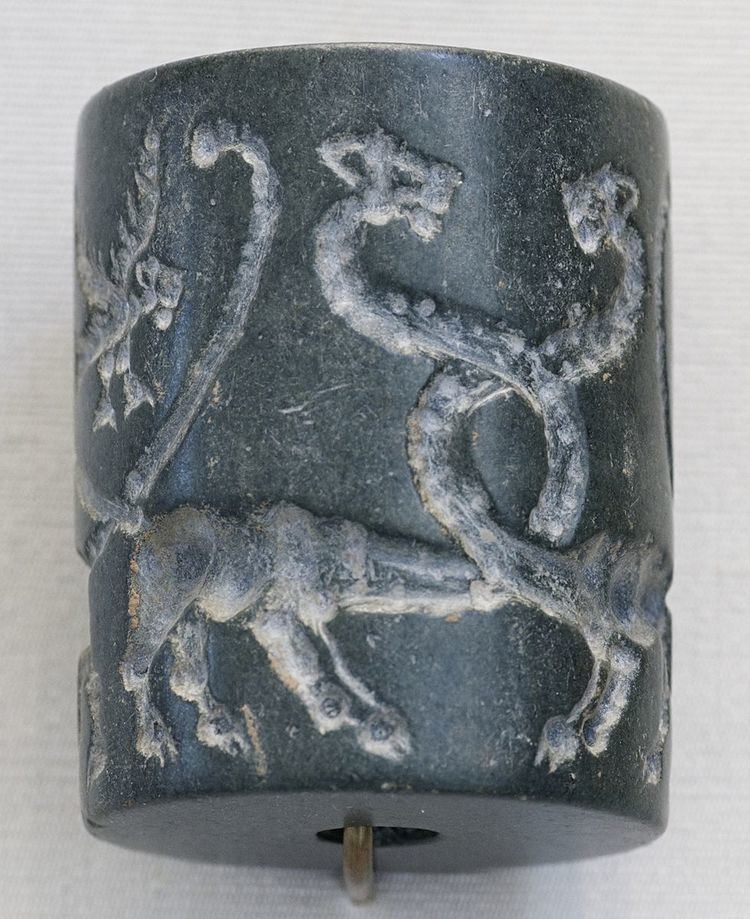ISO 639-3 xeb Glottolog ebla1238 | Era 3rd millennium BCE Linguist list xeb | |
 | ||
Language family Afro-AsiaticSemiticEast SemiticEblaite | ||
Eblaite language
Eblaite /ˈɛblə.aɪt/ (also known as Eblan ISO 639-3) is an extinct Semitic language which was used during the third millennium BCE by the East Semitic speaking populations of Northern Syria. It was named after the ancient city of Ebla, in western modern Syria. Variants of the language were also spoken in Mari and Nagar. According to Cyrus H. Gordon, although scribes might have spoken it sometimes, Eblaite was probably not spoken much, being rather a written lingua franca with East and West Semitic features.
Eblaite has been described as an East Semitic language which may be very close to pre-Sargonic Akkadian; its relation with the latter is debated :
Eblaite is considered an East-Semitic language which exhibits both West-Semitic and East-Semitic features. Grammatically, Eblaite is closer to Akkadian, but lexically and in some grammatical forms, Eblaite is closer to West-Semitic languages.
The language is known from about 15,000 tablets written with cuneiform script which have been found since the 1970s, mostly in the ruins of the city of Ebla.
